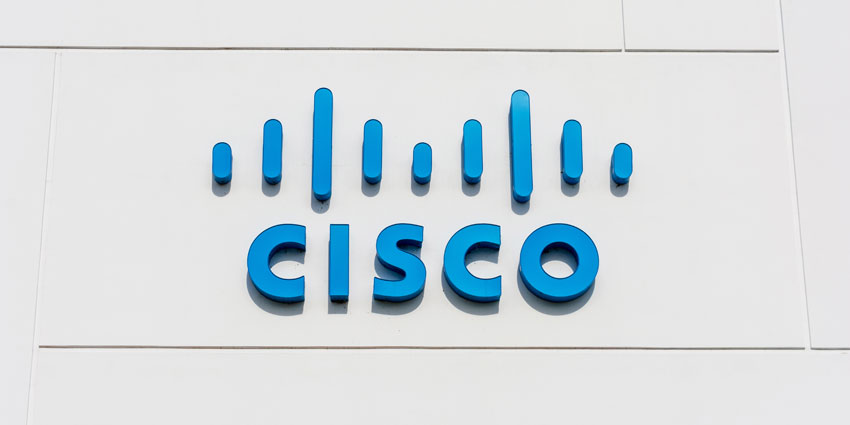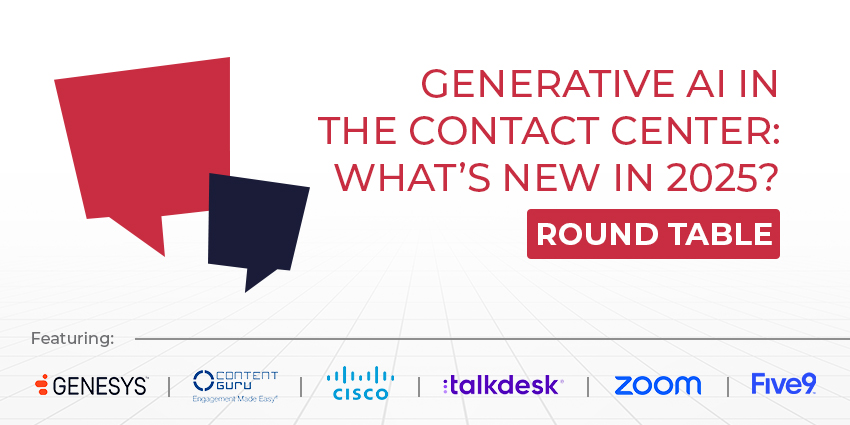“The story is: there is no story.” While this isn’t exactly a journalist’s dream response, these are the words of Patrick Dennis, who will take the Avaya CEO hot seat in September.
Yet, those words are not surprising. After all, Dennis is not an Avaya newbie, with the former Aspect Software (now Alvaria) CEO joining the Avaya board as the company emerged from bankruptcy in May 2023.
Since then, the signs have appeared surprisingly promising. Reports of 1,000+ net new customers in a quarter and a 97 percent enterprise retention rate are somewhat incredible, given where the company was little more than a year ago.
Of course, there is an element of: why would those customers leave now if they withstood that bankruptcy ordeal, and all the bad press that ran alongside it?
However, from Dennis’s perspective, Avaya’s “innovation without disruption” vision is resonating, and now the departing CEO Alan Masarek has steadied the ship, Dennis has no desire to rock it.
“The strategy we set when we emerged has been followed consistently,” said Dennis.
“Some of Alan’s work focused more inside the company, upgrading the team and stabilizing operations. Now, we’re pivoting to ensure customers are well taken care of, and innovation without disruption has been crucial to them. Moving forward, we’ll start to see the benefits of this strategy.
In a sense, we’ve tackled our disruption issue first, and now we can focus on bringing innovation to our customers.
Dennis remained coy about what that innovation may look like but acknowledged his vast experience in the cybersecurity space.
Indeed, Dennis spoke warmly of his time as the CEO of Venafi – which he recently sold to CyberArk for $1.54BN – and promised that this security-centric “mindset won’t change.”
Yet, whatever way Dennis will take Avaya’s roadmap, it’s likely that it will start to try and build more excitement around its innovation cycle.
Until now, Avaya has prioritized press statements that underline its strengthened financial health to build confidence in the brand. That’s despite releasing several savvy innovations – including a “Bring Your Own Bot” framework, an agent-assist package, and a GenAI-powered Journey Map Builder.
As the new CEO takes charge, that may change, especially as voice platforms – which Dennis refers to as Avaya’s “secret sauce” – come back into fashion.
Avaya’s Secret Sauce Is In Vogue
Over the past few years, CCaaS vendors have meandered away from their core voice capability, adding emphasis to new channels, self-service, and digital engagement.
CRM vendors now do a lot of this. What they are much less likely to do, however, is invest in building and maintaining global voice networks – aka. Avaya’s secret sauce.
Given this trend, Avaya senses that the contact center market is “swinging back into its favor”, with the vendor recently bolstering its voice automation capabilities to flaunt this differentiator.
Meanwhile, it’s also investing in areas like journey orchestration – via its Edify acquisition – to expand the definition of what a CCaaS vendor does in a way that reduces the CRM overlap.
In doing so, Avaya seemingly recognizes that CCaaS vendors could ultimately become marginalized as voice plugin providers and is perhaps prepping its roadmap with respect to that trend.
While Dennis didn’t directly acknowledge this, he stressed the value of Avaya’s voice system.
“AI is transforming customer interactions, and there’s a growing interest in efficient, voice-based solutions,” he said. “We excel at this, and our recent acquisition of Edify enhances our orchestration capabilities, making us well-positioned for future success.”
However, while voice is back in vogue, perhaps the most notable reason Avaya’s post-bankruptcy revenues have exceeded expectations is in the deceleration in enterprise cloud contact center migrations since 2022.
There are several reasons for this, but few doubt that the cloud is ultimately the future. For enterprises, that future is just further away than many first anticipated.
Recognizing this, Avaya has worked hard to solidify its relationships with its on-premise customer base – which includes 90 of the Fortune 100 – over Masarek’s tenure.
Now, Dennis must convince them that Avaya is the long-term partner and that its strategy – which seems to increasingly center on voice, journey orchestration, and security – offers a sensible path forward.
Avaya on Microsoft & the Crowded CCaaS Market
In the two years that Masarek has led Avaya, the adoption rate of CCaaS solutions may have dropped – across the industry as a whole – but the number of vendors across the market hasn’t.
Indeed, Google, Sprinklr, and – most recently – Microsoft have entered the space, causing many to predict increased consolidation and financial wobbles.
Yet, while such a trend may cause some contact center stalwarts to panic, Dennis and Masarek reiterated that Avaya’s vision is differentiative enough for its meat-and-drink: large enterprises.
“Innovation without disruption works for large enterprises because they aren’t making abrupt changes,” said Masarek. “Everyone needs to modernize, but we excel in the integration of new technologies with our existing, reliable voice systems.”
Dennis then took over by stating:
We’re unique in offering a low-risk path by leveraging our incumbent position rather than a complete rip-and-replace approach.
While that may not sound glamorous, it remains a compelling message, especially when reflecting on 2023 industry research from Metrigy.
Indeed, the research firm found that 48.2 percent of businesses that switched CCaaS platforms were considering changing their providers before the end of the year.
Even more surprisingly, Metrigy discovered that 14.1 percent of those vendors will return to on-premises platforms.
Reflecting on this and broader market tailwinds, Dennis repeated his confidence in Avaya’s model.
“In the next two years, I see us stacking up wins,” he said. “Alan has set us up with a strong team and a solid strategy. Our goal is to keep winning and leveraging our excellent install base. It may not sound glamorous, but consistent wins are crucial.”
A Final Word from the Departing CEO
Upon announcing his departure, Masarek paid tribute to everyone at Avaya for all their hard work during his deeply transformative tenure as CEO.
“We’ve made extraordinary progress stabilizing the major elements of the transformation: the financial reset, deleveraging, recapitalizing, and right-sizing the cost structure to restore operating cash flow,” he said.
“We’ve also done a complete strategic reset and significant work on the talent side, especially among my direct reports and one layer down. Plus, there’s been a lot of operational transformation.”
Now, he believes the business is in safe, reputable hands in passing the reigns over to Dennis.
“He’s been involved in setting the strategy and bringing the team in,” he continued. “We both can do each other’s jobs: he can be transformational, and I can be operational. But I’m better at the latter, and he’s really comfortable in the next phase.”
We’re in the last quarter of our eight-quarter transformation, and Patrick just sold his business… the timing just worked out so well.
Now that the eight-quarter transformation is over – and Masarek enjoys a hard-earned retirement – the next step of Avaya’s rollercoaster journey is set to get underway.
As it does so, expect voice, orchestration, and security to become three key pillars to keep the train on track and ensure that it’s full steam ahead.







